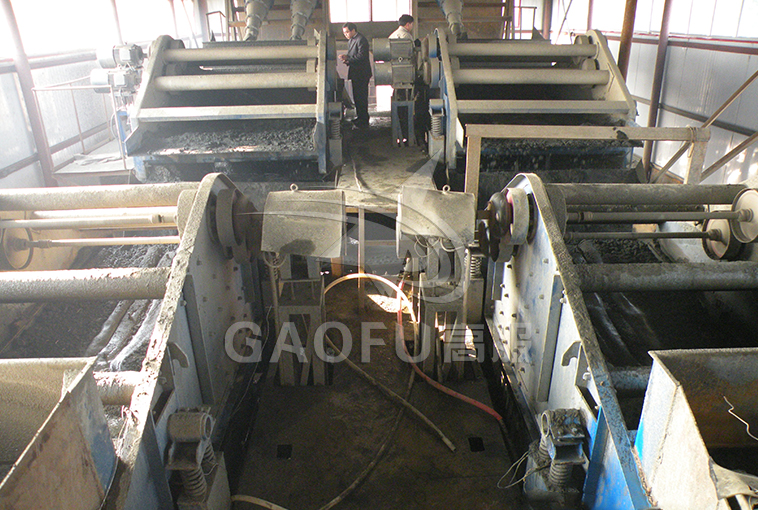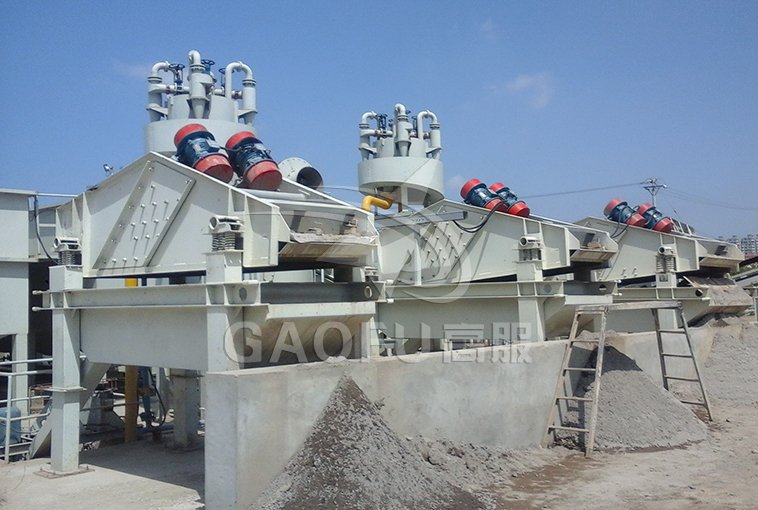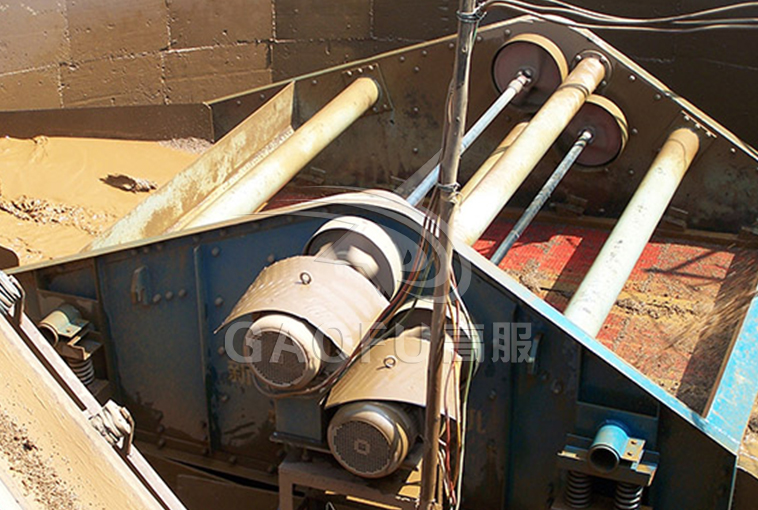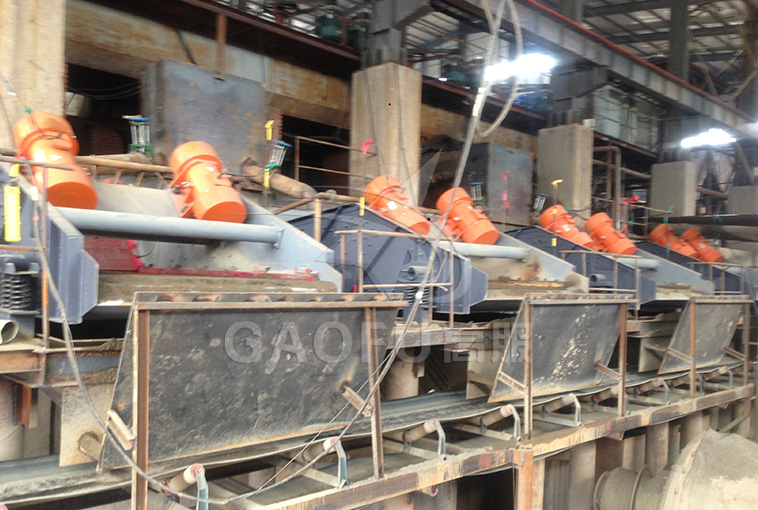

A certain iron ore plant in Chengde belongs to the old line reconstruction project of 3000t / d iron tailings. The iron tailings are produced 24 hours a day, and the tailings concentration is 20. The pulp size is coarse than 100 mesh and contains about 70%. The dry sieve can be used to extract more than 85% dry ore quantity. After dry discharge, the water content of the tailings is less than 15%, the bottom flow can be reused through the sedimentation, and a few of the tailings enter the tailings reservoir. The dry sieve of upper tailings can save more than 30% of water resources, increase the storage capacity of tailings by more than 30%, and can also save the slurry pump.

In a sand and stone factory in Yulin, Shanxi Province, the sand washing equipment used in the past has invested millions of dollars, but there is no suitable equipment to select the sand, so the benefit cannot be produced. After the equipment was updated, a dehydration screen was installed after the mixer. The sand and water were first stirred in the mixer, and then the dehydration screen was put into the dehydration screen. The sand was separated from the muddy water. The washed sand was selected, and the water was recycled after the mud water was settled. The sand has also met the requirements of the building manufacturers, and the economic benefits immediately came into being.

In the dressing of barite in Liuzhou, Guangxi, due to the high mud content of barite, it is necessary to wash mud by adding water and washing mud with helical separator first, and then separate the finished barite from muddy water. The disadvantages of dressing with spiral separator are: Only large barite ore can be selected, and about 20% of fine ore flows away with muddy water, which makes barite ore can not be fully recovered, resulting in waste of resources. After the equipment was renewed, the dehydration screen was installed after the screw separator, so that the mud water out of the water could be reprocessed by the dehydration screen twice,,and 2400 cubic meters of barite could be extracted from 12000 cubic meters of mud water treated daily, and the economic benefit was greatly improved.

In the production of potassium feldspar powder in a potassium feldspar concentrator in Quanzhou, Fujian Province, the technology is that the slag and water are separated by the screw separator, but the water content of the finished product is too high to dry the pile. Later, after investigation and experiments, the vibrating dehydration screen of our company was selected to replace the spiral separator. The finished potassium feldspar was dehydrated by the vibrating dehydration screen and the moisture content was 20%, so that the dry pile effect was achieved. In addition, the fine sand that was lost when using spiral separator was selected, so that the recovery rate of finished product was increased, and the economic benefit of high clothes dehydration screen was far higher than that of the original spiral separator.